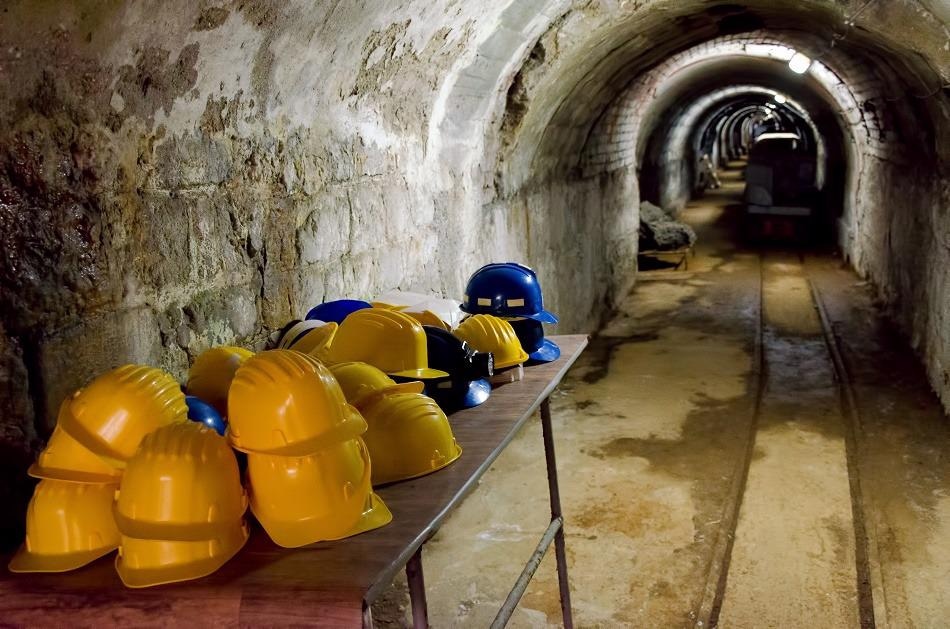
Image Credits: eivanov/Shutterstock
All mining operations are temporary, regardless of their size and complexity. Eventually, when all the accessible and valuable materials have been extracted the mine must be closed and the site it is based within must be returned to its original state.
This restoration includes replanting grass and trees, testing the surrounding water, air, and soil for contaminants, and covering mine entrances. The US Congress enacted the Surface Mining Control and Reclamation Act in 1977, placing a duty on mining companies to make sure that mine sites are operated responsibly, and any environmental damage is repaired.
These legal requirements are administered and enforced by the Office of Surface Mining Reclamation and Enforcement (OSMRE) in the USA; a bureau that falls under the authority of the United States Department of the Interior.
The OSMRE’s mission statement states, “Our primary objectives are to ensure that coal mines are operated in a manner that protects citizens and the environment during mining and assures that the land is restored to beneficial use following mining, and to mitigate the effects of past mining by aggressively pursuing reclamation of abandoned coal mines.”
Other US laws that govern and regulate the mining industry include:
- The Comprehensive Environmental Response, Compensation and Liability Act (CERCLA), or the Superfund program
- The Resource Conservation and Recovery Act
- The Clean Water Act
Within Europe, similar directives include:
- The Environmental Impact Assessment Directive
- The Waste Framework, Hazardous Waste, and Landfill Directives
- The Water Framework Directive
In Canada, similar federal directives include:
- The Canadian Environmental Assessment Act
- The Canadian Environmental Protection Act
- The Fisheries Act
Many of these acts reference requirements around mine site remediation. These regulations often cover the following topics:
Water
One of the main sources of mining-related pollution is that of acid mine drainage. Mining exposes sulfur-containing rocks to air and water at an increased rate, thus creating dissolved iron and sulfuric acid. The resulting acid run-off can dissolve heavy metals like lead, copper, and mercury, thus leading them to leach into surface water sources and groundwater aquifers, causing a risk of serious harm to humans and wildlife.
Another major source of pollution is that of tailings. Tailings are mineral waste products that originate in slurry form and are dumped in or near water, thus contaminating the water and destroying aquatic life. These tailings may also be transported by water or wind to contaminate nearby areas.
Additionally, mine wastewater often contains chemicals and metals that can enter nearby waterways, thus polluting them. Portable and laboratory-based technologies designed for water analysis can help to determine the extent of this pollution.
Soil
As well as more visible damage to the local landscape, mining operations have the potential to create sediment of heavy metals that settles into the surrounding soil or may be carried by water or wind to contaminate other land areas. These metals do not biodegrade, so the soil will remain contaminated until corrective action is taken.
A vital step in ascertaining whether or not soil contains environmental contaminants is the chemical analysis of soil and sediment samples at the mine site. This can be accomplished using either Energy Dispersive X-Ray Fluorescence (EDXRF) or Wavelength Dispersive X-Ray Fluorescence (WDXRF).
Handheld XRF instruments can provide instant analysis within the field, essentially performing two roles – monitoring elemental contaminants at mine sites as well as being used for exploration and mining applications. Not only that, but these handheld analyzers are often equipped with integrated GPS so that precise locations of contaminated sites can be recorded with ease.
Laboratory-based WDXRF instruments can perform accurate quantitative analysis of practically all material, matrix types, and concentrations that may need to be evaluated within soil and sediment analysis.
Air Quality
A further source of pollution is that of particulate matter (PM) in the air surrounding the mine’s location. Dust occurs when soil is moved, vehicles travel over unpaved surfaces, blasting occurs, heavy equipment is operated, or even via wind which can erode mine tailings piles, causing potentially contaminated dust to escape.
Inhaling dust – especially respirable coal dust – is a severe risk to health for those working within the mining industry. Personal and ambient particulate monitoring equipment can be used to measure PM, ensuring that exposure limits are kept within safe thresholds.
As the Surface Mining Control and Reclamation Act states: “Coal mining operations presently contribute significantly to the Nation’s energy requirements… and it is, therefore, essential to the national interest to ensure the existence of an expanding and economically healthy underground coal mining industry.”
The Act continues to describe the overall effects on society, “[The] surface and underground coal mining operations affect interstate commerce, contribute to the economic well-being, security, and general welfare of the Nation and should be conducted in an environmentally sound manner…. [And] the cooperative effort established by this Act is necessary to prevent or mitigate adverse environmental effects of present and future surface coal mining operations.”

This information has been sourced, reviewed and adapted from materials provided by Thermo Fisher Scientific.
For more information on this source, please visit Thermo Scientific Portable Analyzers for Material ID.